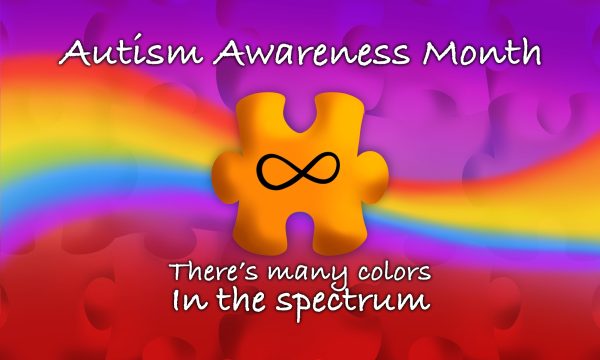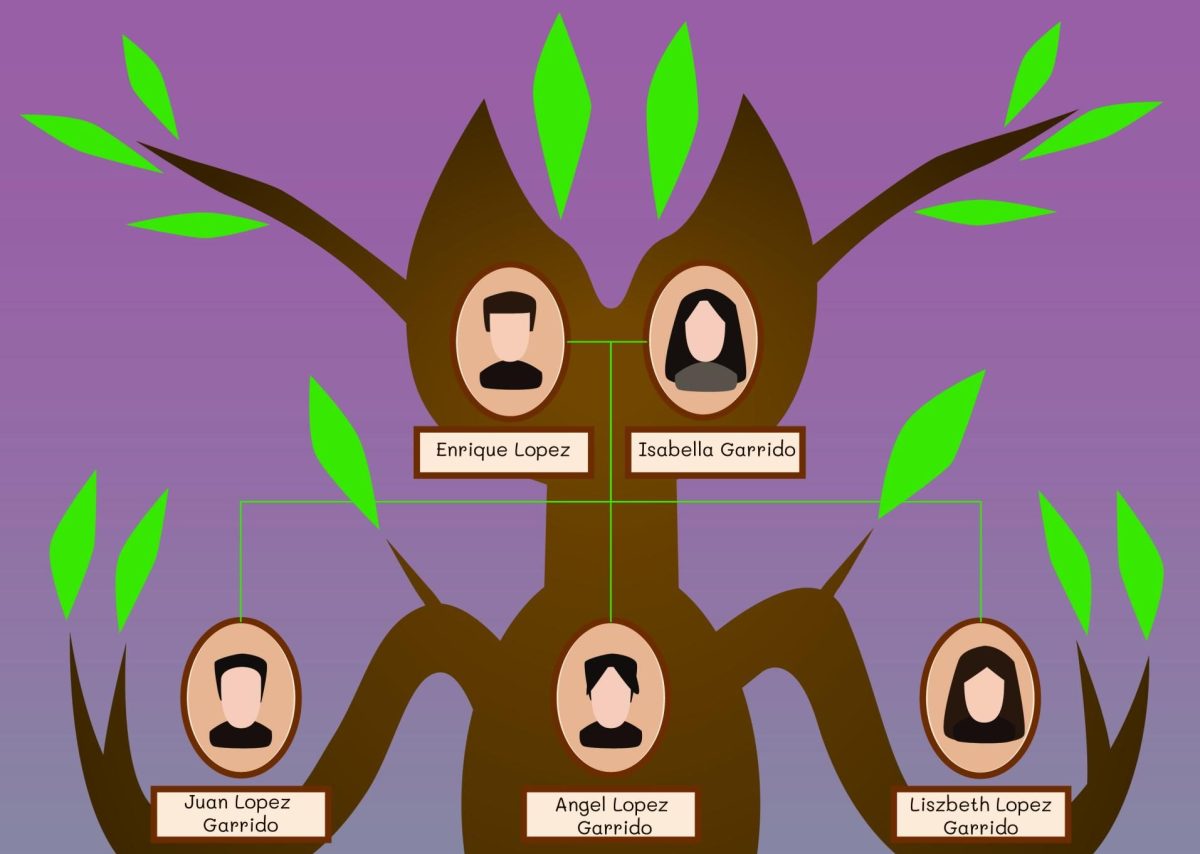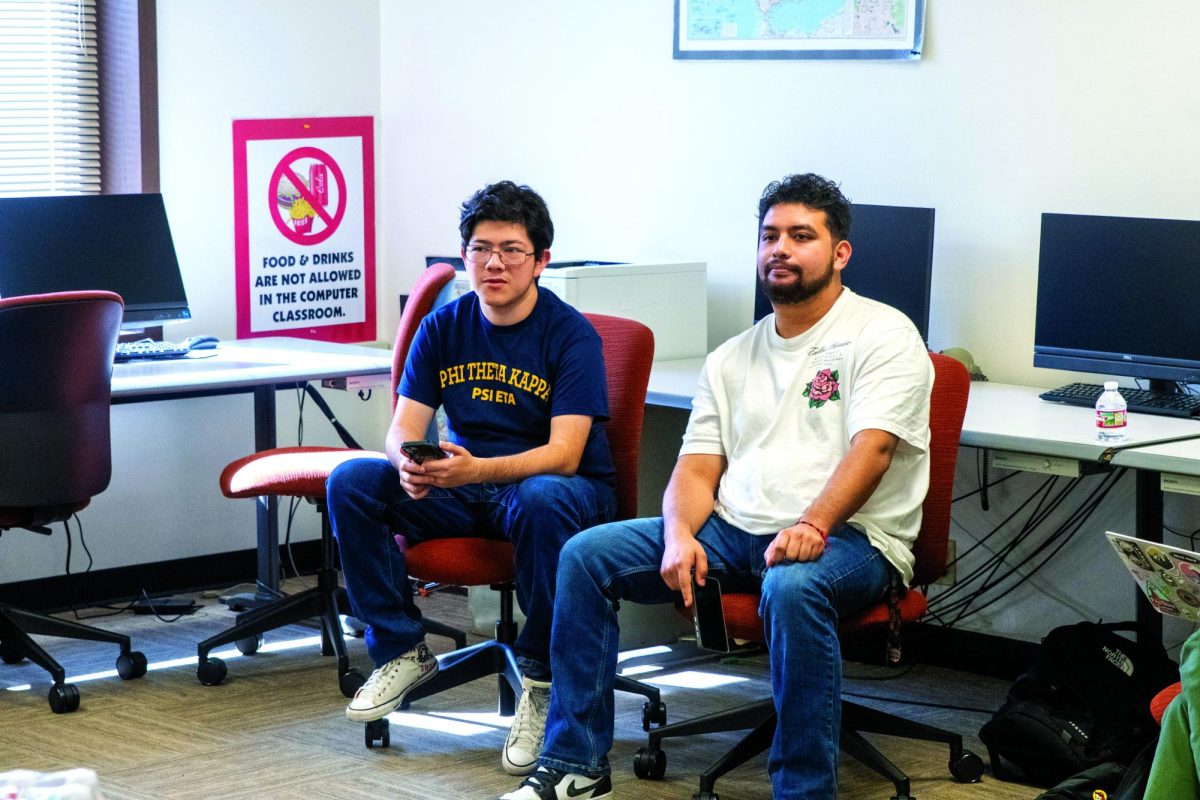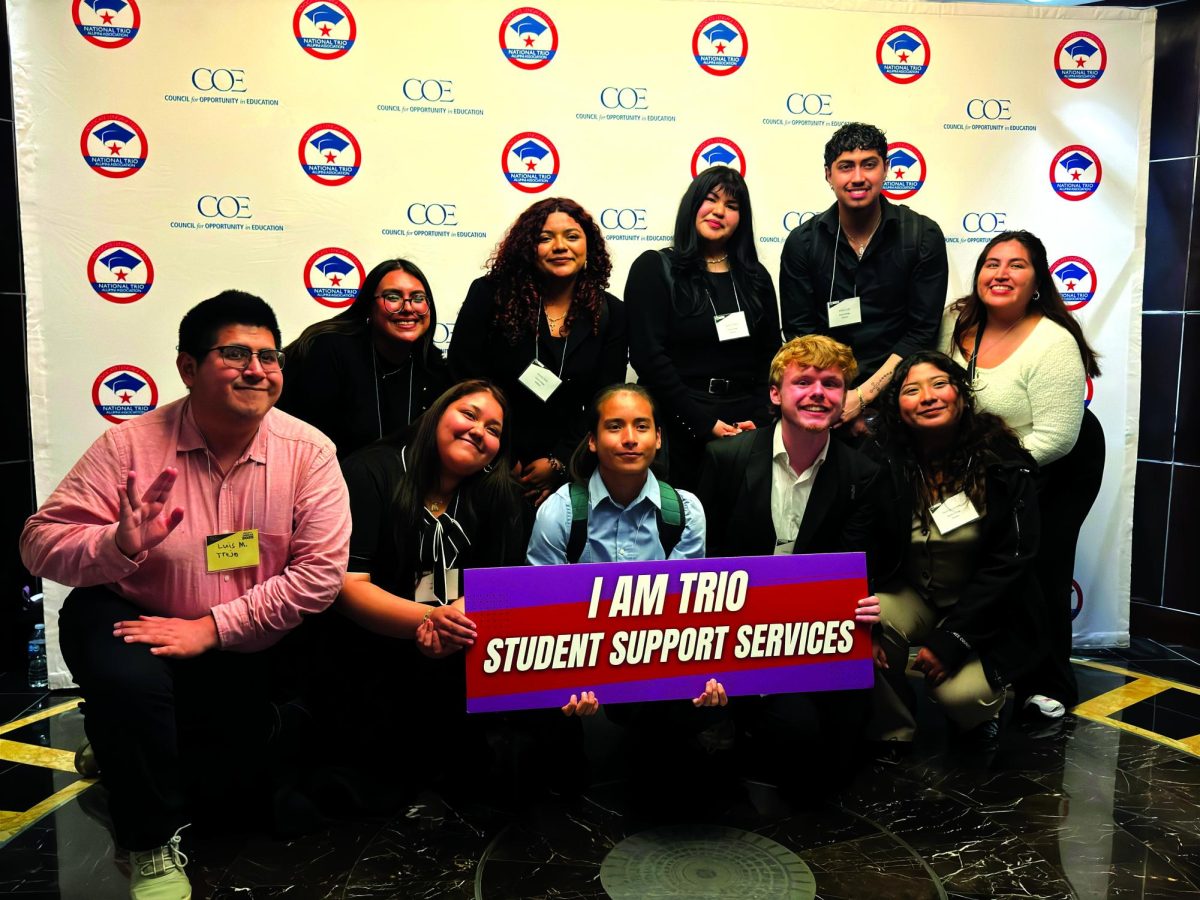April is Autism Awareness Month and in its honor Dallas College invited Temple Grandin, an autistic woman, to discuss her experiences. Mary Temple Grandin is an author, zoologist, professor of Animal Sciences at Colorado State University, and activist who had an HBO film made about her. “Temple Grandin,” was released in 2010. It stars Claire Danes, who won an Emmy Award for her portrayal of Grandin.

“We need the skills of people who think differently,” Grandin told the crowd. In her presentation, she proposed that there are three different types of thinkers: object visualizers, mathematical pattern thinkers and verbal minds. “I didn’t realize until I was in my late 30s that maybe other people think in different ways, and that was a shock to me,” Grandin said. So many different jobs require diverse types of thinkers, and Grandin wanted to explore this concept.
Object Visualizers — “There are object visualizers, like me, thinking in pictures,” she said. Careers that Grandin recommends object visualizers explore include graphic design, photography, welding and working with animals, which is something Grandin herself is very familiar with.
One example she provided for object visualizers was the act of seeing flower petals in pieces of scrap metal. “Now, if I was looking for somebody to be in my factory maintenance department, I’m going to want the person that, when they do welding, they can just take a box of parts and they can see flowers in it.”
Seeing art and nature in mechanical parts can also be compared to the philosophical theory of the “right-brain.” Most people are more likely to associate “left-brained” people with jobs like welding, car repair and mechanical equipment, but Grandin showed that having the opposite type can be more valuable than people may expect.
Mathematical Pattern Thinkers — “This is very, very different from me,” Grandin said. Although math was never Grandin’s passion, she discusses how there are a lot of autistic people who are spatial visualizers, or “math minds.” Professions she suggests for math-focused minds include computer programming, engineering, chemistry and, surprisingly, music.
Music is a type of art, so is therefore more associated with “right-brained” people. But music is more math-based than most people realize. Music theory is filled with concepts such as ratios, intervals, time signatures, the need for fractions, and, especially, patterns. “Art and mechanical seem to go together.”
Verbal Minds — “They love facts,” Grandin said of verbal-minded people. People who specialize in sales, marketing, teaching, writing and even finance and banking, are verbal.
Here, there is another example of the intersection between different brain types and modes of thinking that contrast with how people typically conceive of these occupations. Finance is very math-based, but, while banking, these thinkers must utilize verbalization to connect with clients, explain complex concepts clearly, and specialize in thorough decision-making with clientele to keep a customer comfortable and more likely to return.
The interconnectedness of each different type of thinking in all different types of brains surrounds society more than is commonly realized.
The human mind is so complex that people can’t think in just one way, and are typically a mixture of these different types of philosophies of thought. One study Grandin explored was an investigation of how different students would go about creating their own planet.
Art students would design fantastic planets with pictures, while science students made round planets that lacked imagery, but they could tell you about the gravity and the atmosphere of their planet.
But most interesting was the exploration of how students who studied both art and science went about curating a planet. They became careful planners. When combining ways of thinking that seem to conflict with each other, society is gifted with new inventions.
The importance of acknowledging different minds goes further than just understanding how they contribute to society, but also how to understand them as people. Many autistic people, including Grandin, are often underestimated for their skills just because they require their own unique way of working.
Inventors like Michelangelo and Thomas Edison were provided by Grandin as good examples of people who grew up learning differently from the norm but are now in countless history books because of how they changed the world. Michelangelo dropped out of school at the age of 12 but then revolutionized art. Edison, who also dropped out of school, was suspected to have autism himself by Grandin but went on to invent the light bulb.
Grandin wonders, “What would happen to some top innovators in today’s educational workplace?”
“People ask, well, how do you get accepted if you’re autistic?” Grandin said. Being autistic in 1978 was much more difficult compared to 2025, but Grandin refused to abandon her work.
When designing her groundbreaking pest control system, she recounted looking at her drawing and thinking, “I guess I’m not stupid.” That became her biggest motivator. “Prove to the world that I am not stupid,” she explained. That’s how she “got accepted.”
Grandin made herself great at the things she did. And she provides similar advice to other people on the spectrum who feel like they don’t fit in or belong, encouraging them, “Let’s get involved.”
Many people don’t take the time to understand autism and how it affects individuals’ lives. Temple Grandin is helping change that understanding one day at a time.







